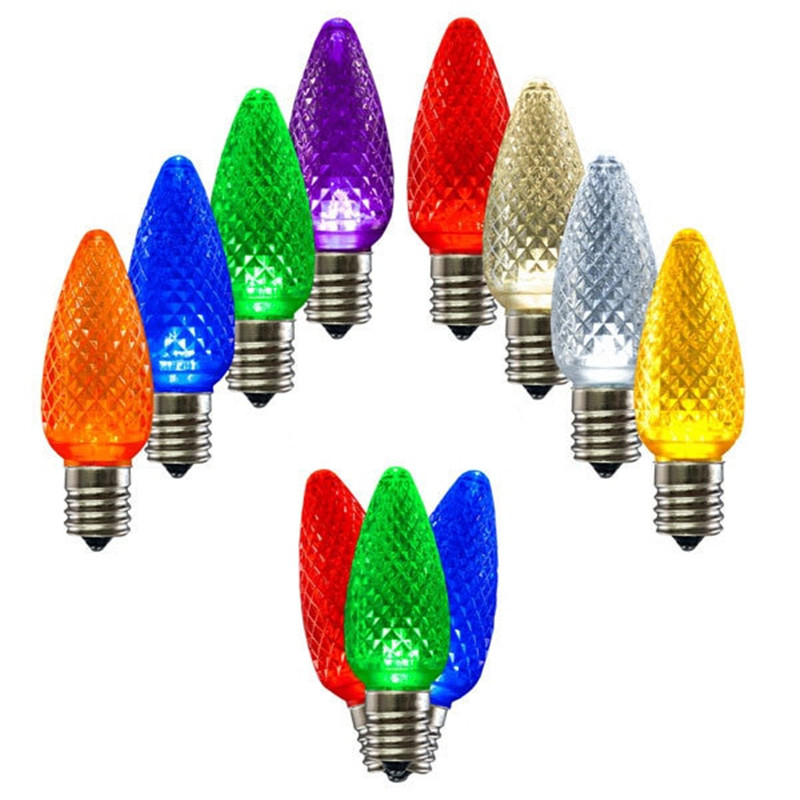Lighting is an integral element in museums, galleries, and exhibition spaces, influencing how artworks are perceived and experienced by visitors. The emergence of LED bulbs has revolutionized museum lighting design, providing benefits that preserve artworks, enhance visual clarity, and create immersive cultural experiences. In this blog post, we explore how LED bulbs are redefining museum lighting practices and contributing to the appreciation of art and culture.
Artwork Preservation: LED bulbs emit minimal heat and UV radiation, protecting delicate artworks from deterioration.
Color Accuracy: High CRI LED bulbs ensure that artworks are displayed in their true colors and textures.
Flexibility: LED bulbs’ adjustable color temperatures allow curators to tailor lighting to different artworks and exhibitions.
Energy Efficiency: LED bulbs reduce energy consumption, leading to operational cost savings for museum facilities.
Focus and Detail: LED bulbs provide directional and focused illumination that highlights intricate details and textures in artworks.
Reduced Glare: LED bulbs with appropriate optics minimize glare, enhancing visitor comfort and the viewing experience.
Curatorial Freedom: LED lighting enables curators to create diverse lighting scenarios that complement different artistic styles.
Interactive Exhibits: LED bulbs can be integrated into interactive exhibits that engage visitors through dynamic lighting experiences.
Visitor Engagement: Thoughtful LED lighting design contributes to immersive and memorable museum experiences.
Sustainable Art Spaces: The adoption of LED bulbs aligns with sustainable museum practices and environmentally responsible operations.
The integration of LED bulbs in museum lighting exemplifies the marriage of technology and cultural preservation, enhancing the appreciation of art and heritage for museum visitors.























